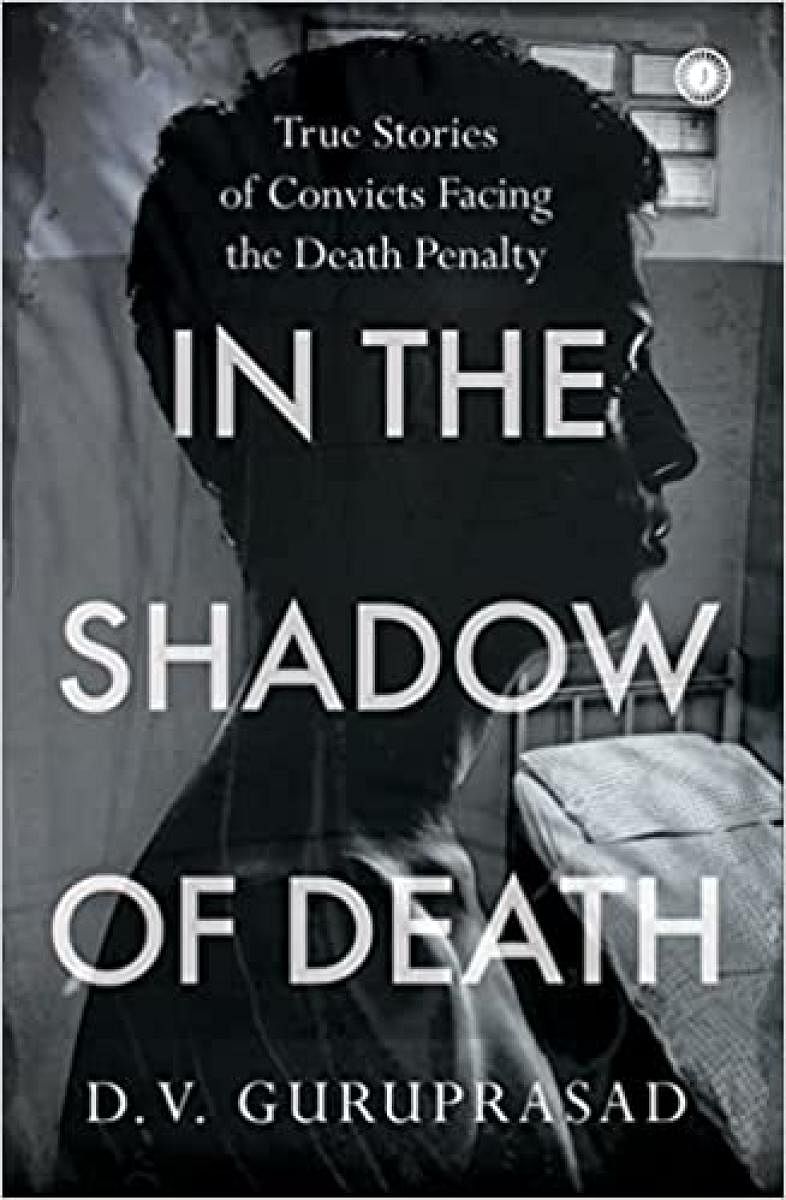
Like many others, I was curious to know how a convict is hanged. Despite my decades of service in the police, I never saw the gallows. But my visit to Hindalga prison in Belgaum and Alipore jail in Kolkata gave me such an opportunity.
Hanging takes place on a heightened platform kept away from the public eye. The platform or the scaffold consists of a steel beam to which the rope for hanging is tied. The platform is about two meters high and has wooden trap doors that fall inward. They are linked to a lever that opens the trap doors when pushed. The condemned prisoner is held in one of the cells adjacent to the gallows. A small wicket gate connects the gallows and the cells. The rope used for the hanging is usually a manila rope about three centimetres in diameter and about six metres long. It should pass through the ring to which the noose is tied and bear a weight
of one hundred and fifty kilograms with a two-metre drop. The rope weighs around four kilograms.
The convict is placed in the special cell next to the gallows on the evening before the execution. He is asked whether he wants to draw a will. If he wants to, the necessary help is rendered. The execution typically happens before sunrise. On the day of the execution, the prisoner is woken up early, given tea or breakfast if he so desires and asked about his last wishes.
An hour before hanging, all inmates are locked in their cells, and no one is allowed near the gallows. The death warrant, also known as Black Warrant, is read to the convict. He is then handcuffed and led to the scaffold. Before he is led to the gallows, his face is totally covered with a black cap. The convict is not allowed to see the gallows. Once he is led to the platform, the hangman fastens the noose around his neck. And the convict is made to stand on the trap door. Then, both his ankles are bound together with a metal clamp.
Apart from the prison superintendent and his deputy, a doctor and the district magistrate or an executive magistrate authorized by him are the only witnesses to the hanging. The hangman pulls the lever when the authorities signal him to. The trapdoor suddenly opens, and the convict’s body drops down, tightening the noose around his neck. In less than a minute, the prisoner dies. However, his body is kept hanging for at least half an hour before being removed. The doctor examines the body. When he declares that the prisoner is dead, the body is taken away and handed over to the deceased’s next of kin.
****************************
I was lucky to meet a former executioner during a visit to Hindalga prison. Siddappa Rayappa Kamble, who had come there for some personal work, was a hangman who had executed several prisoners in Hindalga. Kamble, 68, is stocky and well built. He is bald and has a thick moustache which he had dyed jet black.
He joined the prison department as a sepoy in 1973 and retired in 2010. “There is no specific post of hangman sanctioned to this prison. I volunteered to do this job and learned the ropes along the way,” he said.
“Many preparations have to be made before the hanging. We must first test the rope for its strength. It is tied to the beam of the gallows, and a sack of sand that weighs one and a half times the prisoner’s weight is tied to the other end and is tested. A mock drill is conducted eight days before the execution day. If the rope passes the test, grease or wax is generously applied to it to strengthen it. I used to apply butter instead of wax on the rope. I found it more effective.”
Siddappa informed me that two manila ropes are chosen, and one of them is kept as stand by. “I have hanged exactly 20 convicts in this prison. Only one person is hanged at once, but on two occasions, I had to hang two or more in a single day. In 1978, I had to hang five persons on the same day.”
Asked whether the convicts were hanged simultaneously, Siddappa said that two persons can be hanged simultaneously at any given time. But when there more than two are to be hanged, they get executed in batches of two.
“How do the convicts behave minutes before hanging?” I asked. “Once the black warrant informing them of impending execution is read out to them, they become silent. Sometimes, they start weeping loudly. They become listless, do not eat much, and the night before hanging, they do not sleep at all. But more than 50 per cent of those I have hanged were quite brave and took to the hanging philosophically,” said Siddappa.
When I inquired whether he remembers any noteworthy incident, Siddappa said that a convict, Sidderam, had admitted his offence and wanted to be hanged without any delay. Siddappa, however, added that Sidderam was an exception. He said, “No other person I hanged displayed any regret for what they had done.” Asked about the five persons who were hanged on a single day, Siddappa said that they were convicted for killing 19 people in a village in the Bijapur district of Karnataka.
Excerpted with permission from ‘In The Shadow Of Death: True Stories Of Convicts Facing The Death Penalty’ published by Jaico Publishing House.